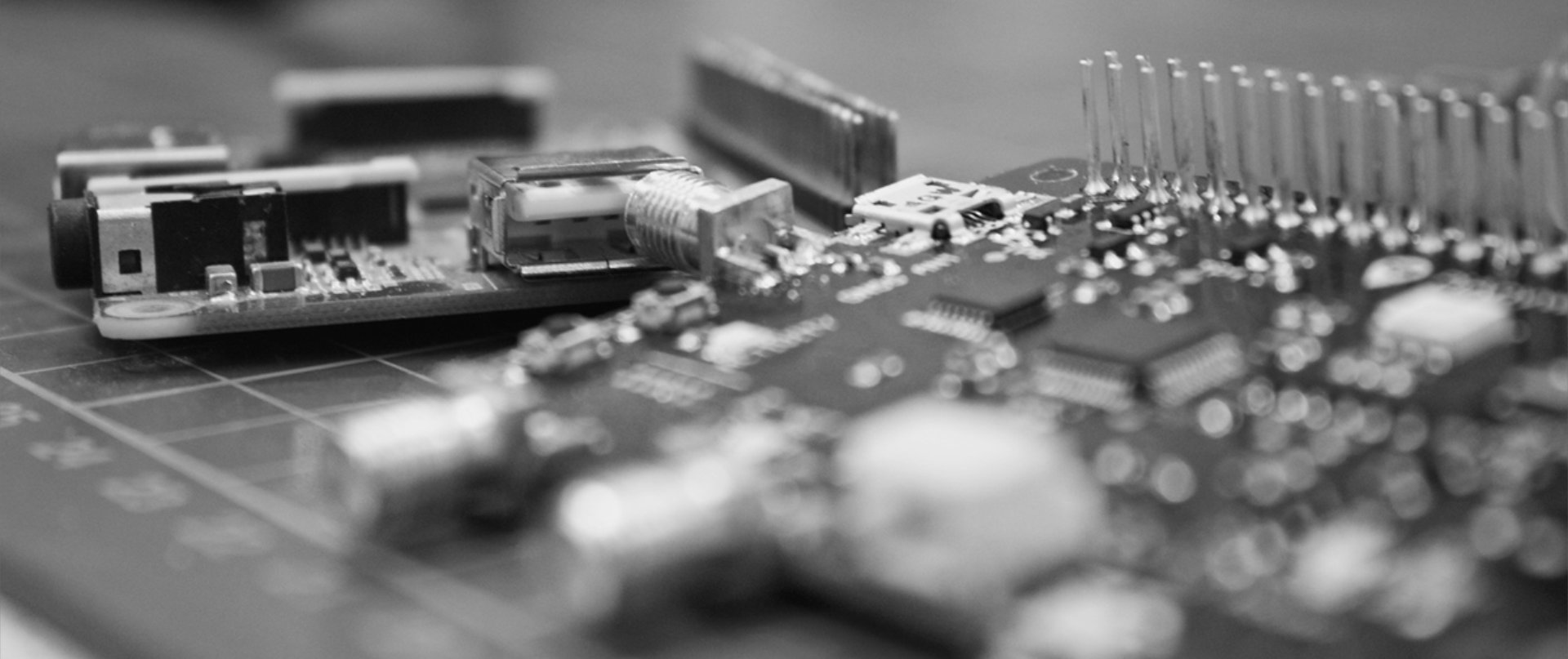Manufacturers have faced increased pressure to optimize operations and reduce costs, so they are leveraging IoT and Material Flow Management (MFM) concepts. These advanced ideas have redefined how industrial facilities operate and compete. From smart sensors to AI-driven analytics, daily operations benefit managers who make critical decisions.
The intersection of IoT in MFM is rife with potential and possibilities, and will shape the future of manufacturing.
How IoT and MFM Intersect
The industrial sector’s digital transformation means IoT in material flow has become more evident. Technologies are evolving beyond ideas and transforming into demonstrable improvements. Here are five intersection examples that help with efficiency, safety and resource management.
1. Energy Management
Manufacturers have IoT-enabled sensors around the facility to track energy consumption, whether the entire building or individual machines. Industry professionals can check which production section consumes the most electricity or experiences abnormalities.
IoT platforms let supervisors see aggregated data across their sites, creating performance benchmarks and reduction targets. This data-driven approach can support your sustainability initiatives and regulatory compliance.
Experts say manufacturing energy consumption has increased since 2010, emphasizing the need for better facility management. Industry leaders reduce labor needs through automation, whether in HVAC systems or production equipment.
IoT devices adjust facility temperature and lighting depending on occupancy or the time of day. Therefore, a company can minimize its consumption and carbon footprint.
2. Processing and Reprocessing Materials
IoT devices enhance visibility by letting manufacturers monitor equipment in real time. From mixers to conveyors, these machines give facility managers more insight into temperature changes and unexpected vibrations.
Processing equipment needs continuous monitoring to avoid bottlenecks and ensure smoother material flow. IoT technology captures parameters like material composition and flow rate and sends data to a centralized platform.
Advancements have made IoT and MFM systems more intelligent and as capable as humans. For instance, smart sensors can accurately collect environmental data to monitor and control smart grids.
Manufacturers must comply with industry standards and quickly navigate recalls, so end-to-end traceability is essential. IoT sensors and RFID tags help facility managers track raw materials and reprocessed goods, making inventory management easier.
3. Predictive Maintenance
Understanding when something goes wrong is essential to facility management. Supervisors must be proactive instead of reactive in maintenance to avoid unnecessary downtime and wasted resources.
Predictive maintenance is a critical AI tool because it detects abnormalities before human employees. Advanced analytics and AI algorithms identify wear, misalignment and impending failure based on the incoming data.
For example, industrial vibrators are crucial in manufacturing facilities because they help move bulk materials in hoppers and bins. Predictive maintenance can tell supervisors when issues are present, whether material blockages or slowdowns.
Experts say facility managers should regularly inspect electrical connectors for wear and corrosion, as lingering issues could slow down or even halt entire material flow processes. Innovative IoT technologies can detect these performance issues and proactively schedule maintenance.
4. Tracking Assets
Tracking assets is paramount to IoT in material flow because it helps supervisors account for every tool and machine. Advanced technologies give management increased visibility into the location, condition and status.
From Bluetooth beacons to GPS modules, IoT devices are essential for continuous tracking. These gadgets transmit location, movement and temperature data to management platforms accessible with a dashboard or a smartphone.
Asset tracking is essential if a company is moving high-value items. Leaving designated zones or moving without authorization requires enhanced security due to theft risks.
Security is essential to the global supply chain, as experts say theft causes nearly $1 billion in annual losses. IoT technology automates tracking and streamlines inventory control, which can help the bottom line.
5. Supply Chain Delivery
While security is essential, tracking devices aid supply chain delivery through end-to-end monitoring. IoT technology helps facility managers anticipate deliveries and allocate resources.
IoT is essential because it automates the process and reduces labor needs. Once goods arrive, a manufacturer’s system updates inventory records and reordering processes without staff intervention.
If errors arise, the system can alert staff to discrepancies and delays, though manual data entry is typically not necessary. These advanced technologies help facility managers avoid stockouts or overstocking, which is essential during high-volume seasons.
IoT and MFM technologies feed supply chain data into management systems so that supervisors can use best practices. From storage optimization to just-in-time inventory, facility leaders can better coordinate receiving and other internal logistics
The Challenges of IoT in Material Flow
While IoT in MFM is essential, it presents challenges for supervisors. Here are a few issues and solutions:
- Security: Because IoT devices store sensitive data, they are vulnerable to cyberattacks. Encryption and regular security audits are necessary to thwart outsiders.
- Integration: Manufacturers may use legacy systems that cannot support advanced technologies. Facilities can use gateways and middleware to bridge the gap.
- Investment: Upfront costs for IoT hardware can be too much for smaller manufacturers. These companies should implement pilot projects to demonstrate ROI.
Integrating IoT for Manufacturing Success
Industrial professionals have transformed IoT devices from futuristic concepts to present-day success drivers. Connected sensors and automated systems give facility managers real-time visibility and enhanced efficiency. While challenges remain, these technologies are vital to material flow and supply chain resilience.

